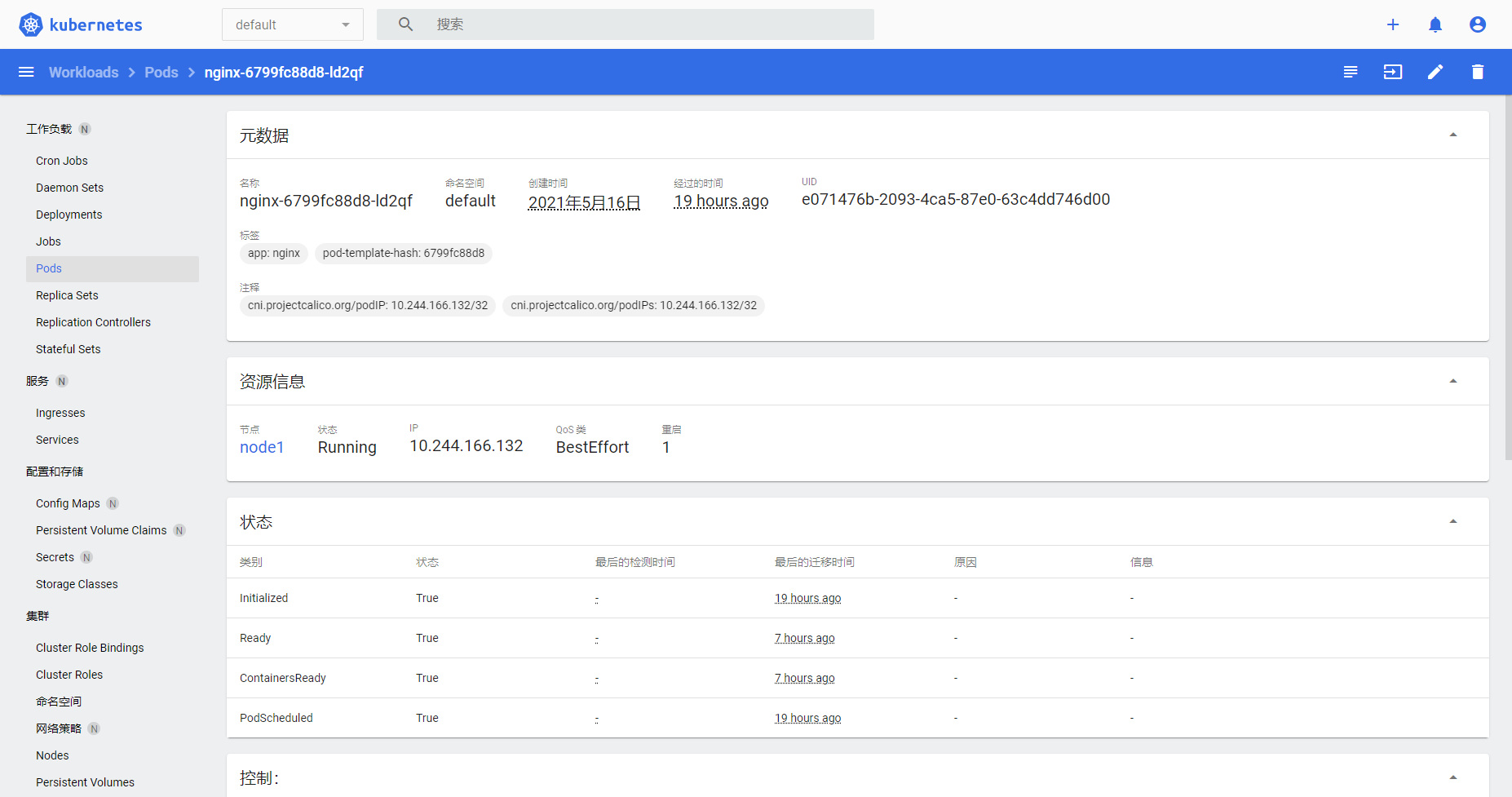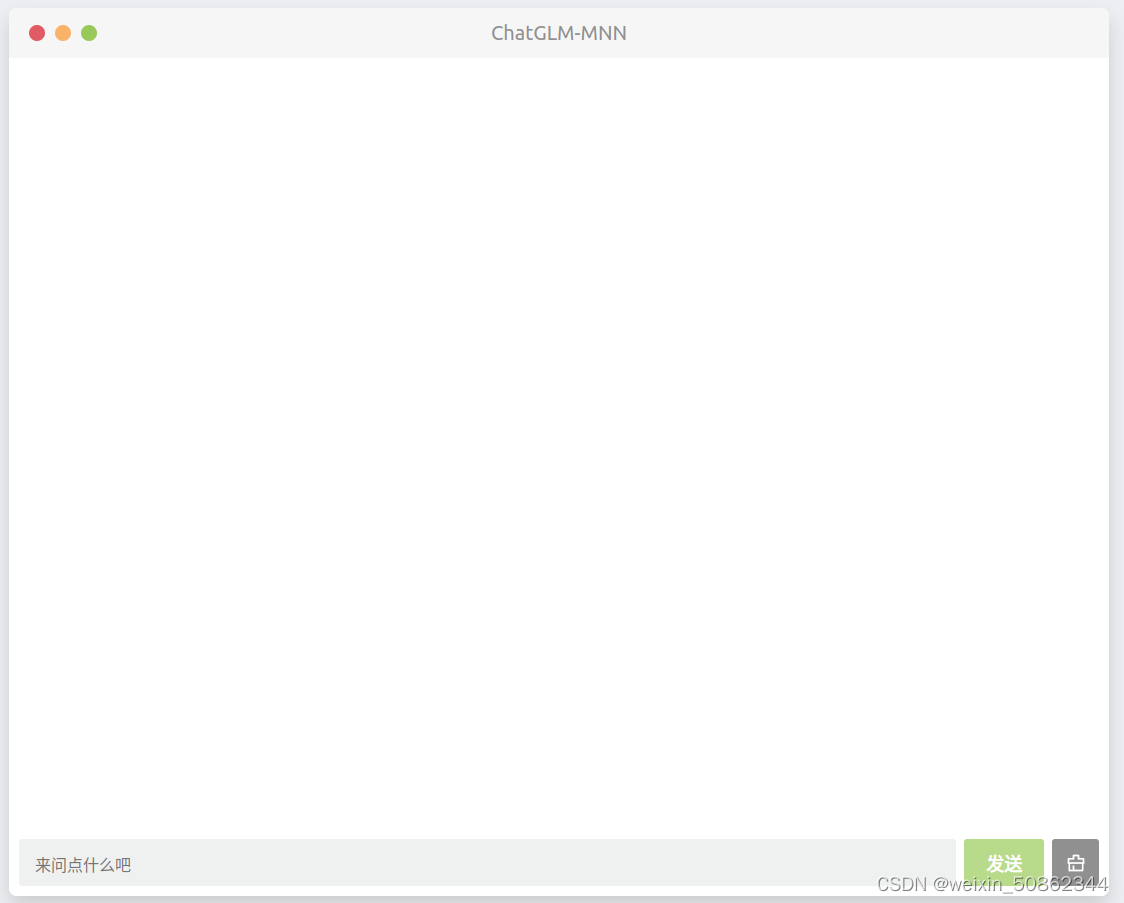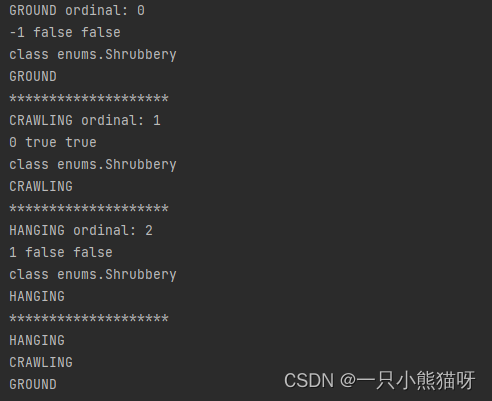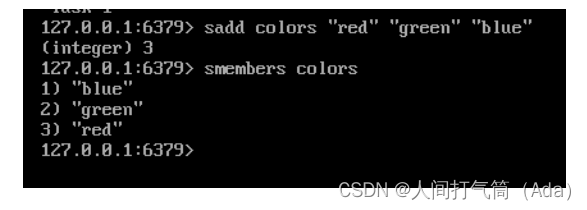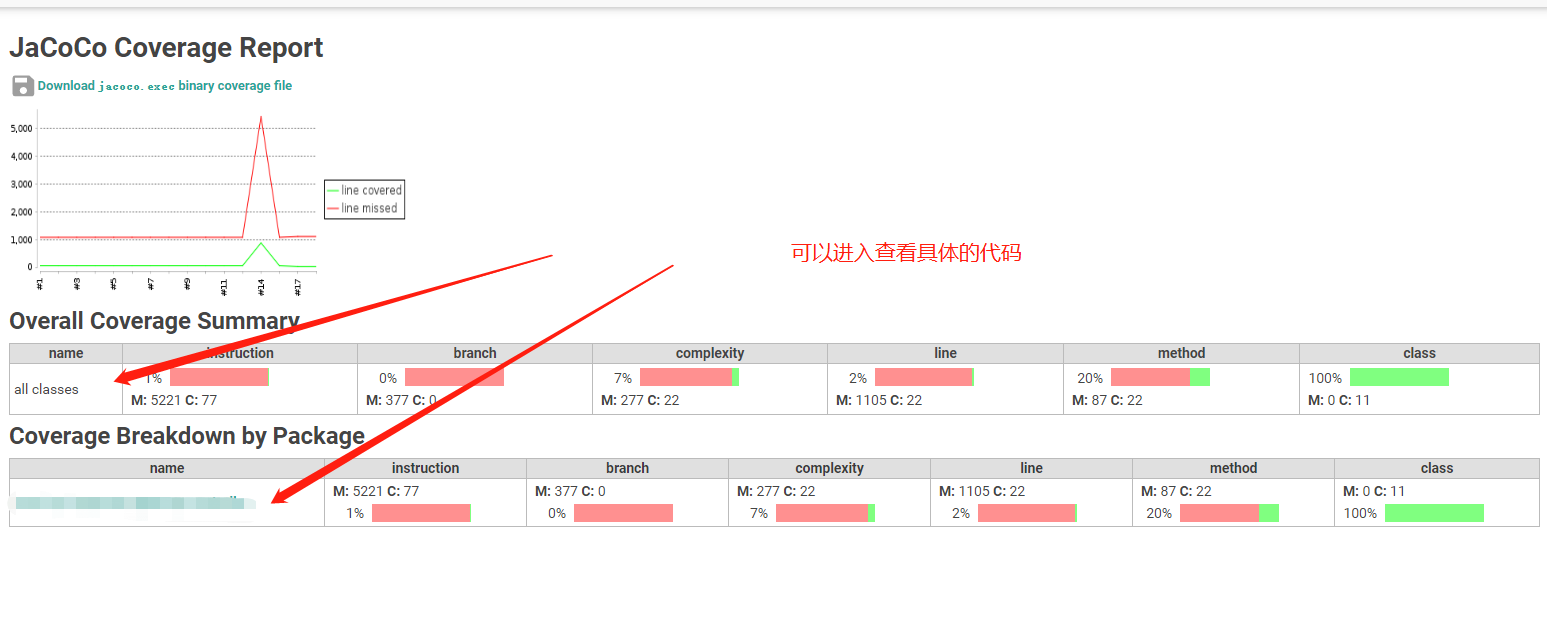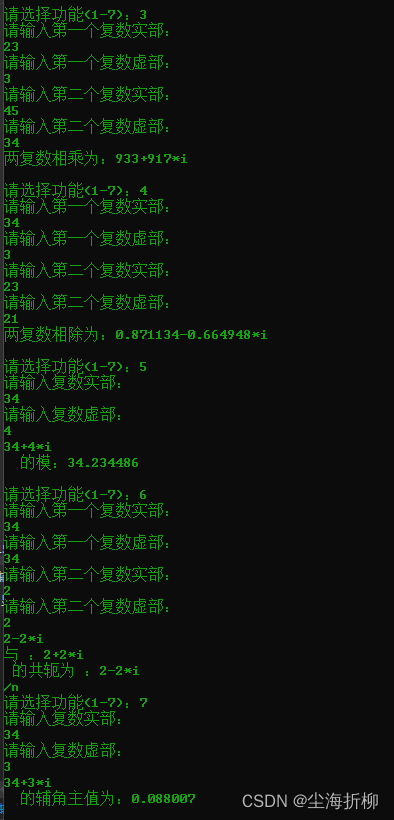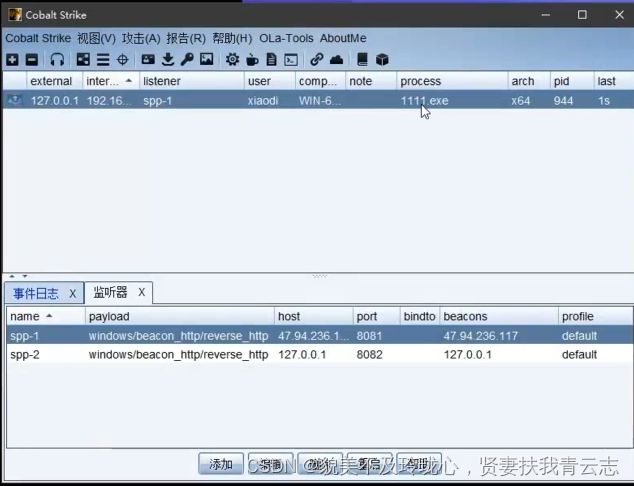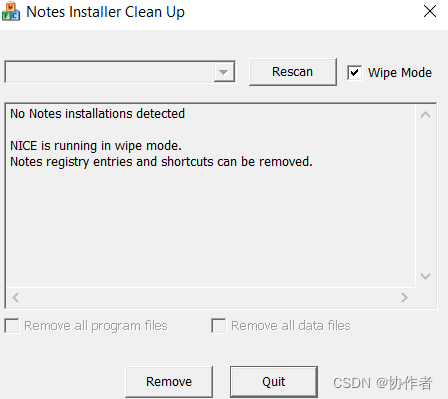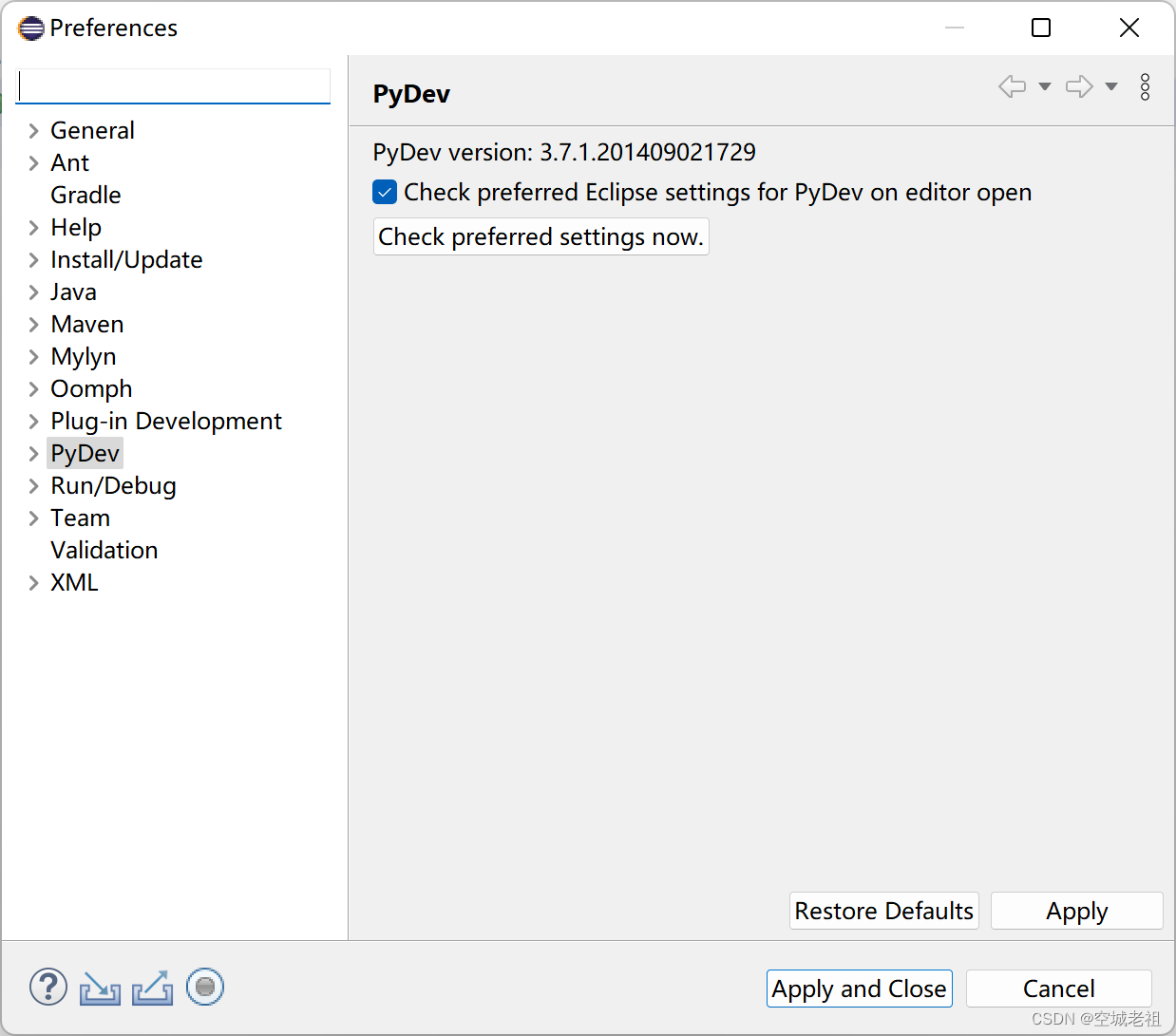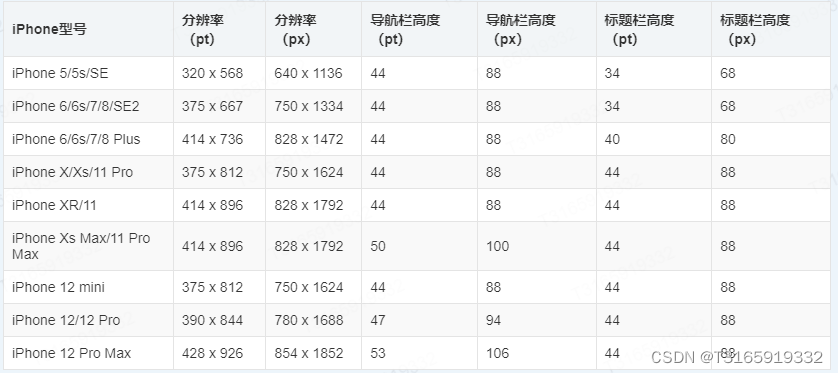011 - STM32学习笔记 - 串口通讯
关于串口的相关概念各位可以在网上查一下相关介绍,这里直接开始学习STM32上的串口配置和通讯测试了
在学习相关寄存器之前,先看一下USART的功能框图

1、USART引脚
| 引脚名称 | 引脚功能 |
|---|---|
| TX | 数据发送端 |
| RX | 数据接收端 |
| SW_RX | 单线或者智能卡模式下使用,属于内部引脚,未引出外部引脚 |
| SCLK | 时钟,同步通讯时使用 |
| nRTS | 请求发送 |
| nCTS | 允许发送 |
F429提供了8个串口,其中USART1和USART6挂载于APB2总线下,其余挂载在APB1总线,其中1、2、3、6为同步串口,其余的均为异步串口,从下面的表中可以看出,1、2、3、6均具备SCLK、nCTS、nRTS引脚,其余的没有。
| USART1 | USART6 | USART2 | USART3 | UART4 | UART5 | UART7 | UART8 | |
|---|---|---|---|---|---|---|---|---|
| TX | PA9/PB6 | PC6/PG14 | PA2/PD5 | PB10/PD8/PC10 | PA0/PC10 | PC12 | PF7/PE8 | PE1 |
| RX | PA10/PD7 | PC7/PG9 | PA3/PD6 | PB11/PD9/PC11 | PA1/PC11 | PD2 | PF6/PE7 | PE0 |
| SCLK | PA8 | PG7/PC8 | PA4/PD7 | PB12/PD10/PC12 | / | / | / | / |
| nCTS | PA11 | PG13/PG15 | PA0/PD3 | PB13/PD11 | / | / | / | / |
| nRTS | PA12 | PG8/PG12 | PA1/PD4 | PB14/PD12 | / | / | / | / |
2、数据控制寄存器
a、数据寄存器USART_DR
包含一个发送数据寄存器TDR和一个解手数据寄存器RDR,9位有效,接收到数据字符或已发送的数据字符,具体取决于所执行的操作是“读取”操作还是
“写入”操作,即当向USART_DR中写入数据时,为TDR,当从USART_DR中读取数据时,作为RDR。
b、USART_CR1控制寄存器1
位13:UE,USART使能,写0:禁止,写1:使能。
位12:M,控制串口数据的字长,该位写0时,表示1起始位、8数据位、n停止位,写1时,1起始位、9数据位、n停止位。在发送和接受期间改为不得更改。
位10:PCE,奇偶校验控制使能,写0禁止,写1使能,是能后计算出的奇偶校验位将被插入MSB位(当M=0时,插入第8位,M=1,插入第9位)。
位9:PS,奇偶校验选择,写0,为偶校验,写1,为奇校验。
位8:PEIE,PE 中断使能 ,写0:禁止中断,写1:当 USART_SR 寄存器中 PE=1 时,即出现奇偶校验错误时,生成 USART 中断
位3:TE,发送器使能 ,UE位使能后,该位写1使能发送,写0禁止发送;
位2:RE,接收器使能 ,UE位使能后,该位写1允许接收,写0禁止接收;
c、USART_CR2控制寄存器2
位13:12用来设置停止位。写00: 1 个停止位,写01: 0.5 个停止位,写10: 2 个停止位,写11: 1.5 个停止位 ,其中0.5和1.5个停止位不适用于UART4和UART5.
d、USART_SR状态寄存器
位7:TXE,发送数据寄存器为空 ,当串口发送数据时,会先读取此位状态,若此位为空,系统会将USART_DR中的数据送入TDR寄存器中后,此位由硬件置1,通过发送位移控制器将数据一位一位的发送出去,当数据全部下发完成后,此位会由硬件置0。
位5:RXNE,读取数据寄存器不为空,当RDR 移位寄存器的内容已传输到USART_DR寄 器时 ,该位由硬件置1,如 果USART_CR1 寄存器中 RXNEIE = 1,则会生成中断。通过对 USART_DR 寄存器执行读入操作将该位清零。
3、USART_BRR 波特率寄存器
波特率的计算公式为:
B
a
u
d
r
a
t
e
=
f
p
l
c
k
/
(
8
∗
(
2
−
O
V
E
R
8
)
∗
U
S
A
R
T
D
I
V
)
Baudrate = fplck/(8*(2-OVER8)*USARTDIV)
Baudrate=fplck/(8∗(2−OVER8)∗USARTDIV)
其中fplck为串口时钟,这里需要注意当前操作的串口时钟是在APB1还是APB2上,USARTDIV为无符号的定点数,OVER8为过采样模式(在USART_CR1中,该位寄存器写0为16倍过采样,写1为8倍过采样)
USARTDIV的计算公式应该为:
U
S
A
R
T
D
I
V
=
D
I
V
_
M
a
n
t
i
s
s
a
+
D
I
V
_
F
r
a
c
t
i
o
n
/
16
USARTDIV = DIV\_Mantissa + DIV\_Fraction / 16
USARTDIV=DIV_Mantissa+DIV_Fraction/16
其中DIV_Mantissa 为整数部分,DIV_Fraction 为小数部分(小数部分取整即可)。
波特率以115200为例,USART1挂载在APB2下,时钟为90M,OVER8设置为0,16倍过采样,那么计算下来USARTDIV = 48.5125,整数部分为48,即DIV_Mantissa = 0x30,小数部分DIV_Fraction = 0.825125 * 16 ≈ 13 = 0xD。(这里火哥自己也绕进去了,没有详细讲明白,查了一些资料才知道是这么算)所以最终往USART_BRR中写入的应该是0x30D。
串口相关的结构体定义位于stm32f4xx_usart.h中,常用的结构体如下:
//串口初始化结构体
typedef struct
{
uint32_t USART_BaudRate; /* 串口波特率BRR */
uint16_t USART_WordLength; /* 串口数据位CR1_M */
uint16_t USART_StopBits; /* 串口停止位CR2_STOP */
uint16_t USART_Parity; /* 串口校验CR1_PCE、CR1_PS */
uint16_t USART_Mode; /* 串口模式CR1_TE、CR1_RE */
uint16_t USART_HardwareFlowControl; /* 指定是否启用硬件流控CR3_CTSE、CR3_RTSE */
} USART_InitTypeDef;
//同步时钟初始化结构体
typedef struct
{
uint16_t USART_Clock; /* 串口时钟使能 CR2_CLKEN */
uint16_t USART_CPOL; /* 极性 CR2_CPOL */
uint16_t USART_CPHA; /* 相位 CR2_CPHA */
uint16_t USART_LastBit; /* 最后一个位的时钟脉冲 CR2_LBC */
} USART_ClockInitTypeDef;
再看一下USART的初始化函数
void USART_Init(USART_TypeDef* USARTx, USART_InitTypeDef* USART_InitStruct)
{
uint32_t tmpreg = 0x00, apbclock = 0x00;
uint32_t integerdivider = 0x00;
uint32_t fractionaldivider = 0x00;
RCC_ClocksTypeDef RCC_ClocksStatus;
/* Check the parameters */
assert_param(IS_USART_ALL_PERIPH(USARTx));
assert_param(IS_USART_BAUDRATE(USART_InitStruct->USART_BaudRate));
assert_param(IS_USART_WORD_LENGTH(USART_InitStruct->USART_WordLength));
assert_param(IS_USART_STOPBITS(USART_InitStruct->USART_StopBits));
assert_param(IS_USART_PARITY(USART_InitStruct->USART_Parity));
assert_param(IS_USART_MODE(USART_InitStruct->USART_Mode));
assert_param(IS_USART_HARDWARE_FLOW_CONTROL(USART_InitStruct->USART_HardwareFlowControl));
/* The hardware flow control is available only for USART1, USART2, USART3 and USART6 */
if (USART_InitStruct->USART_HardwareFlowControl != USART_HardwareFlowControl_None)
{
assert_param(IS_USART_1236_PERIPH(USARTx));
}
/*---------------------------- USART CR2 Configuration -----------------------*/
tmpreg = USARTx->CR2;
/* Clear STOP[13:12] bits */
tmpreg &= (uint32_t)~((uint32_t)USART_CR2_STOP);
/* Configure the USART Stop Bits, Clock, CPOL, CPHA and LastBit :
Set STOP[13:12] bits according to USART_StopBits value */
tmpreg |= (uint32_t)USART_InitStruct->USART_StopBits;
/* Write to USART CR2 */
USARTx->CR2 = (uint16_t)tmpreg;
/*---------------------------- USART CR1 Configuration -----------------------*/
tmpreg = USARTx->CR1;
/* Clear M, PCE, PS, TE and RE bits */
tmpreg &= (uint32_t)~((uint32_t)CR1_CLEAR_MASK);
/* Configure the USART Word Length, Parity and mode:
Set the M bits according to USART_WordLength value
Set PCE and PS bits according to USART_Parity value
Set TE and RE bits according to USART_Mode value */
tmpreg |= (uint32_t)USART_InitStruct->USART_WordLength | USART_InitStruct->USART_Parity |
USART_InitStruct->USART_Mode;
/* Write to USART CR1 */
USARTx->CR1 = (uint16_t)tmpreg;
/*---------------------------- USART CR3 Configuration -----------------------*/
tmpreg = USARTx->CR3;
/* Clear CTSE and RTSE bits */
tmpreg &= (uint32_t)~((uint32_t)CR3_CLEAR_MASK);
/* Configure the USART HFC :
Set CTSE and RTSE bits according to USART_HardwareFlowControl value */
tmpreg |= USART_InitStruct->USART_HardwareFlowControl;
/* Write to USART CR3 */
USARTx->CR3 = (uint16_t)tmpreg;
/*---------------------------- USART BRR Configuration -----------------------*/
/* Configure the USART Baud Rate */
RCC_GetClocksFreq(&RCC_ClocksStatus);
if ((USARTx == USART1) || (USARTx == USART6))
{
apbclock = RCC_ClocksStatus.PCLK2_Frequency;
}
else
{
apbclock = RCC_ClocksStatus.PCLK1_Frequency;
}
/* Determine the integer part */
if ((USARTx->CR1 & USART_CR1_OVER8) != 0)
{
/* Integer part computing in case Oversampling mode is 8 Samples */
integerdivider = ((25 * apbclock) / (2 * (USART_InitStruct->USART_BaudRate)));
}
else /* if ((USARTx->CR1 & USART_CR1_OVER8) == 0) */
{
/* Integer part computing in case Oversampling mode is 16 Samples */
integerdivider = ((25 * apbclock) / (4 * (USART_InitStruct->USART_BaudRate)));
}
tmpreg = (integerdivider / 100) << 4;
/* Determine the fractional part */
fractionaldivider = integerdivider - (100 * (tmpreg >> 4));
/* Implement the fractional part in the register */
if ((USARTx->CR1 & USART_CR1_OVER8) != 0)
{
tmpreg |= ((((fractionaldivider * 8) + 50) / 100)) & ((uint8_t)0x07);
}
else /* if ((USARTx->CR1 & USART_CR1_OVER8) == 0) */
{
tmpreg |= ((((fractionaldivider * 16) + 50) / 100)) & ((uint8_t)0x0F);
}
/* Write to USART BRR register */
USARTx->BRR = (uint16_t)tmpreg;
}
使用到的固件库函数
//GPIO复用功能配置
void GPIO_PinAFConfig(GPIO_TypeDef* GPIOx, uint16_t GPIO_PinSource, uint8_t GPIO_AF); //位于stm32f4xx_gpio.h
//中断配置函数
void USART_ITConfig(USART_TypeDef* USARTx, uint16_t USART_IT, FunctionalState NewState); //位于stm32f4xx_usart.h
//串口使能函数
void USART_Cmd(USART_TypeDef* USARTx, FunctionalState NewState); //位于stm32f4xx_usart.h
//数据发送函数
void USART_SendData(USART_TypeDef* USARTx, uint16_t Data); //位于stm32f4xx_usart.h
//数据接收函数
uint16_t USART_ReceiveData(USART_TypeDef* USARTx); //位于stm32f4xx_usart.h
//中断状态位获取函数
ITStatus USART_GetITStatus(USART_TypeDef* USARTx, uint16_t USART_IT); //位于stm32f4xx_usart.h
在使用串口时,这里我用到的的是PA9和PA10这两个GPIO,其中,PA9作为发送端口,PA10作为接收端口,对于这两个IO口的外设,在配置是需要配置为复用功能,英雌这里需要对引脚进行端口复用功能设置。
/* 初始化GPIO */
GPIO_InitStructure.GPIO_OType = GPIO_OType_PP; /* 配置GPIO端口为推挽 */
GPIO_InitStructure.GPIO_PuPd = GPIO_PuPd_UP; /* 配置GPIO端口为上拉 */
GPIO_InitStructure.GPIO_Speed = GPIO_Speed_50MHz; /* 配置GPIO端口输出速度为50MHz */
/* 配置TX端口为复用功能 */
GPIO_InitStructure.GPIO_Mode = GPIO_Mode_AF; /* 配置GPIO端口输出模式为复用 */
GPIO_InitStructure.GPIO_Pin = DEBUG_USART1_TX_PIN; /* 配置GPIO端口输出为串口模式 */
GPIO_Init(DEBUG_USART1_TX_PORT,&GPIO_InitStructure); /* 初始化端口 */
/* 配置RX端口为复用功能 */
GPIO_InitStructure.GPIO_Mode = GPIO_Mode_AF; /* 配置GPIO端口输出模式为复用 */
GPIO_InitStructure.GPIO_Pin = DEBUG_USART1_RX_PIN; /* 配置GPIO端口输出为串口模式 */
GPIO_Init(DEBUG_USART1_RX_PORT,&GPIO_InitStructure); /* 初始化端口 */
/* 连接PX到USARTx_Tx */
GPIO_PinAFConfig(DEBUG_USART1_TX_PORT,DEBUG_USART1_TX_SOURCE,DEBUG_USART1_TX_AF);
/* 连接PX到USARTx_Rx */
GPIO_PinAFConfig(DEBUG_USART1_RX_PORT,DEBUG_USART1_RX_SOURCE,DEBUG_USART1_RX_AF);
上面程序中,第7行和第12行,分别对PA9和PA10端口配置为复用功能,到第17行和20行,是将端口GPIOA中的GPIO_PinSource9和GPIO_PinSource10,分别连接到串口发送和串口接收功能。关于串口复用功能的定义在stm32f4xx_gpio中有函数实现和声明,可以看一下,后面学习到IIC或者CAN的时候还会用到。
/* 配置串口模式 波特率设置为DEBUG_USART1_BAUDRATE = 115200,8位字长,1位停止位,无校验,收发模式 */
USART_InitStructure.USART_BaudRate = DEBUG_USART1_BAUDRATE;
/* 设置字长:8位 */
USART_InitStructure.USART_WordLength = USART_WordLength_8b;
/* 设置停止位:1个停止位 */
USART_InitStructure.USART_StopBits = USART_StopBits_1;
/* 校验位选择:不使用校验 */
USART_InitStructure.USART_Parity = USART_Parity_No;
/* 硬件流控:不适用硬件流控 */
USART_InitStructure.USART_HardwareFlowControl = USART_HardwareFlowControl_None;
/* 模式控制:同时使用收发 */
USART_InitStructure.USART_Mode = USART_Mode_Rx | USART_Mode_Tx;
上面程序中,对串口进行了详细配置,如果我们需要用中断进行串口的收发,还需要配置NVIC
static void NVIC_Configuration()
{
NVIC_InitTypeDef NVIC_InitStructure;
/* 嵌套向量控制器组选择为组2 */
NVIC_PriorityGroupConfig(NVIC_PriorityGroup_2);
/* 配置USART1为中断源 */
NVIC_InitStructure.NVIC_IRQChannel = DEBUG_USART1_IRQ;
/* 主优先级为1 */
NVIC_InitStructure.NVIC_IRQChannelPreemptionPriority = 1;
/* 子优先级为1 */
NVIC_InitStructure.NVIC_IRQChannelSubPriority = 1;
/* 使能中断 */
NVIC_InitStructure.NVIC_IRQChannelCmd = ENABLE;
/* 初始化配置NVIC */
NVIC_Init(&NVIC_InitStructure);
}
以上配置完成后,可以对串口、中断进行初始化,并且使能串口。
/* 初始化串口 */
USART_Init(DEBUG_USART1,&USART_InitStructure);
/* 配置中断向量控制器 */
NVIC_Configuration();
/* 使能串口接收中断 */
USART_ITConfig(DEBUG_USART1, USART_IT_RXNE, ENABLE);
/* 串口使能 */
USART_Cmd(DEBUG_USART1,ENABLE);
bsp_usart.c完整程序如下
#include "bsp_usart.h"
static void NVIC_Configuration()
{
NVIC_InitTypeDef NVIC_InitStructure;
/* 嵌套向量控制器组选择为组2 */
NVIC_PriorityGroupConfig(NVIC_PriorityGroup_2);
/* 配置USART1为中断源 */
NVIC_InitStructure.NVIC_IRQChannel = DEBUG_USART1_IRQ;
/* 主优先级为1 */
NVIC_InitStructure.NVIC_IRQChannelPreemptionPriority = 1;
/* 子优先级为1 */
NVIC_InitStructure.NVIC_IRQChannelSubPriority = 1;
/* 使能中断 */
NVIC_InitStructure.NVIC_IRQChannelCmd = ENABLE;
/* 初始化配置NVIC */
NVIC_Init(&NVIC_InitStructure);
}
void DEBUG_USART1_Config(void)
{
/* 初始化串口GPIO */
GPIO_InitTypeDef GPIO_InitStructure;
USART_InitTypeDef USART_InitStructure;
/* 只要是操作外设,一定要先打开外设的时钟!!!!! */
/* 打开PA9,PA10端口时钟 */
RCC_AHB1PeriphClockCmd(DEBUG_USART1_RX_CLK|DEBUG_USART1_TX_CLK,ENABLE);
/* 打开USART1时钟 */
RCC_APB2PeriphClockCmd(DEBUG_USART1_CLK,ENABLE);
/* 初始化GPIO */
GPIO_InitStructure.GPIO_OType = GPIO_OType_PP; /* 配置GPIO端口为推挽 */
GPIO_InitStructure.GPIO_PuPd = GPIO_PuPd_UP; /* 配置GPIO端口为上拉 */
GPIO_InitStructure.GPIO_Speed = GPIO_Speed_50MHz; /* 配置GPIO端口输出速度为50MHz */
/* 配置TX端口为复用功能 */
GPIO_InitStructure.GPIO_Mode = GPIO_Mode_AF; /* 配置GPIO端口输出模式为复用 */
GPIO_InitStructure.GPIO_Pin = DEBUG_USART1_TX_PIN; /* 配置GPIO端口输出为串口模式 */
GPIO_Init(DEBUG_USART1_TX_PORT,&GPIO_InitStructure); /* 初始化端口 */
/* 配置RX端口为复用功能 */
GPIO_InitStructure.GPIO_Mode = GPIO_Mode_AF; /* 配置GPIO端口输出模式为复用 */
GPIO_InitStructure.GPIO_Pin = DEBUG_USART1_RX_PIN; /* 配置GPIO端口输出为串口模式 */
GPIO_Init(DEBUG_USART1_RX_PORT,&GPIO_InitStructure); /* 初始化端口 */
/* 连接PX到USARTx_Tx */
GPIO_PinAFConfig(DEBUG_USART1_TX_PORT,DEBUG_USART1_TX_SOURCE,DEBUG_USART1_TX_AF);
/* 连接PX到USARTx_Rx */
GPIO_PinAFConfig(DEBUG_USART1_RX_PORT,DEBUG_USART1_RX_SOURCE,DEBUG_USART1_RX_AF);
/* 配置串口模式 波特率设置为DEBUG_USART1_BAUDRATE = 115200,8位字长,1位停止位,无校验,收发模式 */
USART_InitStructure.USART_BaudRate = DEBUG_USART1_BAUDRATE;
/* 设置字长:8位 */
USART_InitStructure.USART_WordLength = USART_WordLength_8b;
/* 设置停止位:1个停止位 */
USART_InitStructure.USART_StopBits = USART_StopBits_1;
/* 校验位选择:不使用校验 */
USART_InitStructure.USART_Parity = USART_Parity_No;
/* 硬件流控:不适用硬件流控 */
USART_InitStructure.USART_HardwareFlowControl = USART_HardwareFlowControl_None;
/* 模式控制:同时使用收发 */
USART_InitStructure.USART_Mode = USART_Mode_Rx | USART_Mode_Tx;
/* 初始化串口 */
USART_Init(DEBUG_USART1,&USART_InitStructure);
/* 配置中断向量控制器 */
NVIC_Configuration();
/* 使能串口接收中断 */
USART_ITConfig(DEBUG_USART1, USART_IT_RXNE, ENABLE);
/* 串口使能 */
USART_Cmd(DEBUG_USART1,ENABLE);
}
以上完成后,可以在进一步实现串口的收发功能函数了。
void Usart_SendByte(USART_TypeDef *pUSARTx,uint8_t ch)
{
/* 发送一个字节到USART1 */
USART_SendData(pUSARTx,ch);
/* 等待发送完成 */
while(USART_GetFlagStatus(pUSARTx,USART_FLAG_TXE) == RESET);
}
/***************** 发送字符串 **********************/
void Usart_SendString( USART_TypeDef * pUSARTx, char *str)
{
unsigned int k=0;
do
{
Usart_SendByte( pUSARTx, *(str + k) );
k++;
}while(*(str + k)!='\0');
/* 等待发送完成 */
while(USART_GetFlagStatus(pUSARTx,USART_FLAG_TC)==RESET);
}
/***************** 发送一个16位数 **********************/
void Usart_SendHalfWord( USART_TypeDef * pUSARTx, uint16_t ch)
{
uint8_t temp_h, temp_l;
/* 取出高八位 */
temp_h = (ch&0XFF00)>>8;
/* 取出低八位 */
temp_l = ch&0XFF;
/* 发送高八位 */
USART_SendData(pUSARTx,temp_h);
while (USART_GetFlagStatus(pUSARTx, USART_FLAG_TXE) == RESET);
/* 发送低八位 */
USART_SendData(pUSARTx,temp_l);
while (USART_GetFlagStatus(pUSARTx, USART_FLAG_TXE) == RESET);
}
测试一下串口的发送功能:
#include "stm32f4xx.h"
#include "bsp_systick.h"
#include "bsp_usart.h"
#include <stdio.h>
int main(void)
{
SysTick_Init();
DEBUG_USART1_Config();
while(1)
{
Usart_SendString(DEBUG_USART1,"串口发送数据1\n");
Delay_us(100000);
printf("串口发送数据2\n");
Delay_us(100000);
}
}
然后采用中断实现串口的接收,实现内容为,串口接收到PC数据后,将数据在发送回PC:
void DEBUG_USART1_IRQHandler(void)
{
uint8_t ucTemp;
if(USART_GetFlagStatus(DEBUG_USART1,USART_IT_RXNE) != RESET)
{
ucTemp = USART_ReceiveData(DEBUG_USART1);
printf("这是串口中断接收返回的数据:%c\n",ucTemp);
}
}
之前在学习标准库的工程配置时,提到在KEIL中勾选上Use MircoLIB,是为了后续使用到串口时,可以方便的调用C的标注库函数printf,来直接输出串口信息。所以这里重定向C的标准库函数。
///重定向c库函数printf到串口,重定向后可使用printf函数,需调用#include <stdio.h>
int fputc(int ch, FILE *f)
{
/* 发送一个字节数据到串口 */
USART_SendData(DEBUG_USART1, (uint8_t) ch);
/* 等待发送完毕 */
while (USART_GetFlagStatus(DEBUG_USART1, USART_FLAG_TXE) == RESET);
return (ch);
}
///重定向c库函数scanf到串口,重写向后可使用scanf、getchar等函数
int fgetc(FILE *f)
{
/* 等待串口输入数据 */
while (USART_GetFlagStatus(DEBUG_USART1, USART_FLAG_RXNE) == RESET);
return (int)USART_ReceiveData(DEBUG_USART1);
}
学习以上内容后,可以实现PC通过串口下发指令,STM32接收到后,根据指令控制LED灯的亮灭和颜色。
#include "stm32f4xx.h"
#include "bsp_led.h"
#include "bsp_systick.h"
#include "bsp_usart.h"
#include <stdio.h>
void LED_CTRL(uint8_t ch)
{
switch(ch)
{
case '1': //指令1,红灯亮
LED_RED;
break;
case '2': //指令2,绿灯亮
LED_GREEN;
break;
case '3': //指令3,蓝灯亮
LED_BLUE;
break;
default: //其他,红灯亮
LED_OFF;
}
}
int main(void) //这里需要注意,必须关闭串口中断,否则字符会被中断接走,就没法控制灯了
{
uint8_t ch;
LED_Config();
EXTI_Key_Config();
SysTick_Init();
DEBUG_USART1_Config();
/* 关闭串口接收中断使能 */
USART_ITConfig(DEBUG_USART1, USART_IT_RXNE, DISABLE);
/* 关闭串口接收中断使能后,需要对串口重新使能 */
USART_Cmd(DEBUG_USART1,ENABLE);
while(1)
{
uint8_t ch = getchar();
printf("%c\n",ch);
USART_ITConfig(DEBUG_USART1, USART_IT_RXNE, DISABLE);
LED_CTRL(ch);
}
}
bsp_usart.h
#ifndef __BSP_USART_H__
#define __BSP_USART_H__
#include "stm32f4xx.h"
#include <stdio.h>
#define DEBUG_USART1 USART1
#define DEBUG_USART1_CLK RCC_APB2Periph_USART1
#define DEBUG_USART1_BAUDRATE 115200
#define DEBUG_USART1_RX_PORT GPIOA
#define DEBUG_USART1_RX_CLK RCC_AHB1Periph_GPIOA
#define DEBUG_USART1_RX_PIN GPIO_Pin_10
#define DEBUG_USART1_RX_AF GPIO_AF_USART1
#define DEBUG_USART1_RX_SOURCE GPIO_PinSource10
#define DEBUG_USART1_TX_PORT GPIOA
#define DEBUG_USART1_TX_CLK RCC_AHB1Periph_GPIOA
#define DEBUG_USART1_TX_PIN GPIO_Pin_9
#define DEBUG_USART1_TX_AF GPIO_AF_USART1
#define DEBUG_USART1_TX_SOURCE GPIO_PinSource9
#define DEBUG_USART1_IRQHandler USART1_IRQHandler
#define DEBUG_USART1_IRQ USART1_IRQn
void DEBUG_USART1_Config(void);
void Usart_SendByte(USART_TypeDef *pUSARTx,uint8_t ch);
void Usart_SendString(USART_TypeDef *pUSARTx,char *ch);
void Usart_SendHalfWord(USART_TypeDef * pUSARTx, uint16_t ch);
#endif /* __BSP_USART_H__ */
以上内容大概总结一下,关于串口的操作如下:
- 打开GPIO及串口所在的总线时钟;
- 配置串口发送和接收所在的GPIO端口;
- 配置串口参数;
- 配置中断控制器,并使能串口接收中断(如果使用中断的话)
- 使能串口;
- 收发数据。
